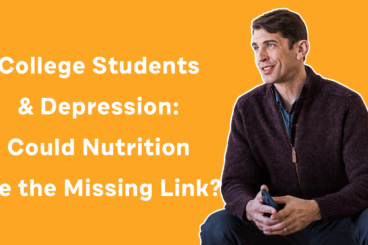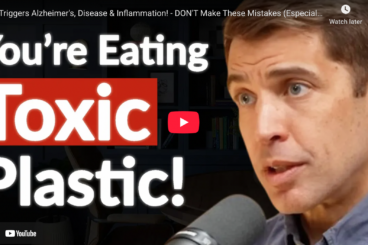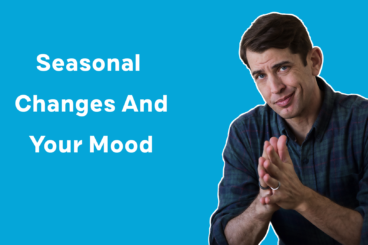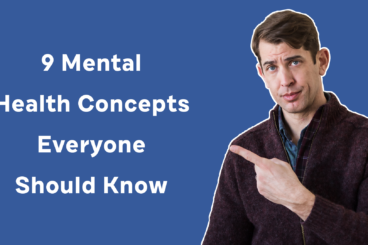Let’s talk about a really important and controversial subject these days, the medication, ketamine. What is ketamine? Why are we talking about it? Is it part of the psychedelic movement? Is it part of mental health and treatment resistant depression? A lot of people have heard about it and some people haven’t so I wanted to go over the basics. I’ve called ketamine a breakthrough on The Today Show and the day I filmed that episode, I walked back to my office and met a patient who was addicted and dependent on ketamine. There are a lot of notions and ideas surrounding it so let’s step back and start with the basics.
Ketamine was discovered in 1962 by Park Davis, a pharmaceutical company.It was derived from PCP, the drug, angel dust. Ketamine was initially used as an anesthetic. It has a unique way that it puts people into a state of anesthesia. It doesn’t work through the GABA system. Instead, it binds system receptors in the brain called the NMDA receptors and blocks those which ends up blocking this excitatory neurotransmitter in the brain called glycine. Ketamine is actually on the World Health Organization’s list of world essential medicines and the reason is, is that it’s really safe. As a disclaimer, this is not my encouragement to take ketamine in any place other than in a professional mental health setting or that ketamine is the right medicine for you if you have depression. There is a lot of hype around it so I want to make that clear up front.
Ketamine is a safe anesthetic that’s been used in millions of surgeries and situations all around the world, probably almost every day. Ketamine puts people into what’s called a dissociative anesthetic state. That’s how it’s qualified. After it was discovered by Ed Domino, his wife named it ketamine. She’s the one who said it sounds like you’re describing something that’s a dissociative anesthetic which means people have an experience of consciously leaving the sensations of the body. Another way to think about it is traveling inward and not being aware or as in touch with your limbs, for example. Ketamine was used in Vietnam during the war. Soldiers were given morphine and ketamine because when you would have a massive injury or get shot in the jungle, morphine could help with the pain but what really helped calm people down was ketamine, which would kind of pull them out of the body and out of that trauma.
Ketamine began to make some noise in psychiatry right around 2000. It had been used in the underground psychedelic movement and in the ketamine assisted psychotherapy movement all this time but most people in mental health didn’t know about that. Instead, what we started hearing was there was this compound that was given to people when they would wake up from surgery and they’d feel like a little bubblier or happier and it was come to be understood that there was an anti-suicide effect of ketamine. This meant that a reasonable percentage of individuals who’d come into the emergency room in a lot of psychiatric distress, feeling depressed, feeling suicidal, who were given ketamine, would not feel suicidal anymore within a couple of hours.
We had not ever had anything in psychiatry or mental health that worked that quickly for something like suicidal thoughts so it was really intriguing. Initially, ketamine was given dosed as an IV. Usually the dosing was five milligrams per kilogram, which came out of Yale and has been established as the dose to give. What’s interesting is the number of different ways that ketamine can be dosed and the number of different mental, psychiatric and psychedelic effects that you can have at different doses. There is all this data that’s been coming out recently about how ketamine in its various forms could be utilized to help people with mostly depression and treatment resistant depression, although there have been studies for a number of other conditions like OCD for example.
Most of the time, IV ketamine is a psycho pharmacological intervention since you’re getting a medicine, you’re going to dissociate, you might see and experience some strange things, but that’s only an indication in this model that the medicine is working. You’ll see it in a number of ways but the most common is an IV formulation. Usually the protocols are about six different sessions where you go in, get an IV and there usually isn’t a lot of preparation. Typically with this there isn’t a lot of what the psychedelic movement wants us to pay attention to because it isn’t done in a setting where there’s an experience that’s going to happen to you to be understood. You’ll also often hear its used as a horse tranquilizer and that’s true. It’s used to tranquilize horses, it’s used in anesthesia, and now it’s being used in mental health.
Ketamine is by and large safe, with some addictive properties. For example, there is a nasal inhalation form called Spravato, which is a formulation of S-ketamine. They take one of the enantiomers of ketamine and they put it in nasal spray. That has to be prescribed and administered in a physician’s office because when you inhale ketamine in that way, you stimulate more opioid receptors and you hit a different part of the brain because the ketamine is being absorbed by those nasal arteries. So there’s a lot of nuance in terms of how ketamine is given.
There have been a number of studies that have come out recently surrounding ketamine. One of those studies from my department, Columbia Psychiatry, looked at the cognitive effects of depression and ketamine being very powerful in helping individuals over five years after they got treatment with the cognitive effects of depression. In the future, I’ll discuss some more ways ketamine is starting to be used in ketamine assisted psychotherapy and some of the data that’s starting to emerge.
The bottom line is this is a new medication that for about 20 years, psychiatry has known has a powerful antidepressant effect, but it is not really understood how to harness that effect. There have been a lot of concerns about addiction and dependence. One of the concerns that’s emerged recently is how slow psychiatry has been to give patients these options in responsible settings. We have a tremendous fear, understandably, after the opioid epidemic, of introducing this medication into our treatment protocols. At the same time, over the last 20 years, we’ve had a horrible mental health epidemic with millions of people suffering without a lot of low cost effective rapid antidepressants. We’re starting to really understand a lot more about depression, its various effects on the brain and also about ketamine. This represents an opportunity for us hopefully to help patients get better and achieve more function and to do that in a way that’s safe and responsible.



